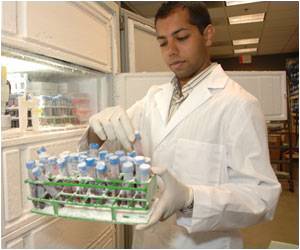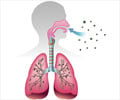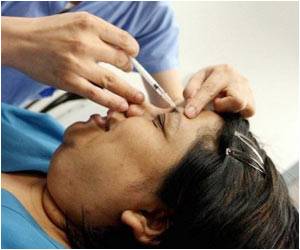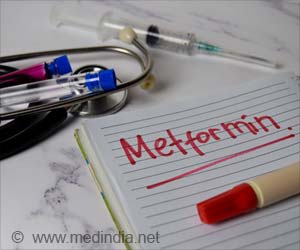Yeast may help uncover ways to maintain one's youthful looks, claim researchers.

The scientists showed that when they remove this age-related protein variant, the organism's life span is cut short, but when they restore it life span is dramatically extended.
In the case of yeast, the discovery reveals molecular components of an aging pathway that appears related to one that regulates longevity and lifespan in humans, according to Jef Boeke, director of the HiT Center and Technology Center for Networks and Pathways, Johns Hopkins University School of Medicine.
"We believe that for the first time, we have a biochemical route to youth and aging that has nothing to do with diet," Boeke said.
The chemical variation, known as acetylation because it adds an acetyl group to an existing molecule, is a kind of "decoration" that goes on and off a protein - in this case, the protein Sip2 - much like an ornament can be put on and taken off a Christmas tree, Boeke says.
Acetylation can profoundly change protein function in order to help an organism or system adapt quickly to its environment.
Advertisement
The normal replicative lifespan in natural yeast is 25. In the yeast genetically modified by researchers to restore the chemical modification, life span extended to 38, an increase of about 50 percent.
Advertisement
"Our next task is to prove that this phenomenon also happens in mammalian cells," stated the study's first author, Jin-Ying Lu, M.D., Ph.D., of National Taiwan University.
The study was reported in the September 16 edition of Cell.
Source-ANI












